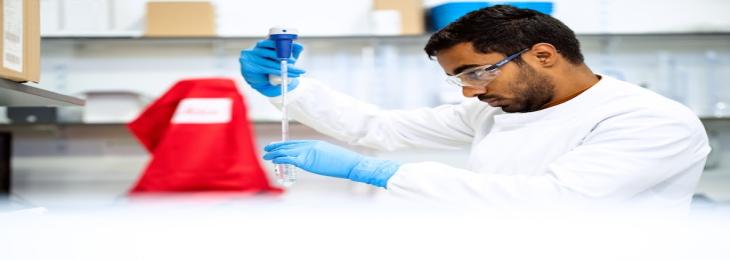
The procedure is quick and flexible, does not call for genetic alterations, and has the potential to treat various cancers.
HPV has been implicated as a key factor in the development of some head and neck cancers over the past ten years; data suggests that it is responsible for 70% of oropharyngeal cancer cases in the US, for instance.
However, during the past three decades, the incidence of cancers brought on by HPV has considerably increased both globally and in the United States. There are well-established screening techniques and vaccines for HPV-driven diseases like cervical cancer, but there are fewer resources available for cancers of the head and neck. As a result, scientists are rushing to develop innovative medicines to treat patients. In phase 1 clinical trial one novel treatment has demonstrated substantial potential.
This incorporates a distinct method of manipulating cells that does not result in genetic alterations, in contrast to other cell therapies that ask for a patient's cells to be genetically transformed. That expedites the procedure and may even increase your flexibility in terms of how you can use the cells.
The PBMCs were passed through extremely small channels using Cell Squeeze technology, which caused pores on their surface to open. The cells were then given a peptide, or protein fragment, associated with the HPV virus—one that immune cells typically recognize—so they might become familiar with it and develop a memory of it. The procedure's goal is to increase the likelihood that these cells will launch an attack the next time they come across HPV-driven cancer cells.
During a one-hour outpatient therapy session, the cells were pumped back into patients after going through the Cell Squeeze procedure. Patients did not need to have concurrent immunosuppression or chemotherapy for this procedure, which took place every 21 days.






